In Pushkin’s “Alchemist’s Cauldron” he raised the topic of spiritual and physical blindness
[ad_1]
Exhibition “Alchemist’s Cauldron. Tactile gaze and non-visual perception” was supposed to open at the Pushkin Museum in the spring, but due to the sanctions that paralyzed international communication, it was postponed. It was necessary to revise the composition of the project, dedicated to the more topical topic of blindness (not only physical, but spiritual), and yet one of the main works of the exhibition, created specifically for the project by the Japanese artist Nishimura Yohei, can be seen in the halls of the Gallery of Art of Europe and America XIX– XX centuries.
And not only to see, but also to listen, touch and smell. MK plunged into reflections about the objectivity of feelings.
The exhibition, intriguingly titled “The Alchemist’s Cauldron”, is divided into seven sections, each of which explores the topic of blindness from its own angle. The project opens with a hall where a replica of the legendary “black mirror” is presented, and paintings painted with its help. It explores the subject of optical instruments used by masters of the past to create landscapes, and the “black mirror” and colored “glasses of Claude” are the most famous devices. They are a case similar to an eyeglass case, inside there is a darkened mirror and four glasses – blue, red, yellow and brown. It is believed that the French painter Claude Lorrain used the same ones (although there is no documentary evidence for this), in honor of him, the “black mirror” is usually named after him, like glass.
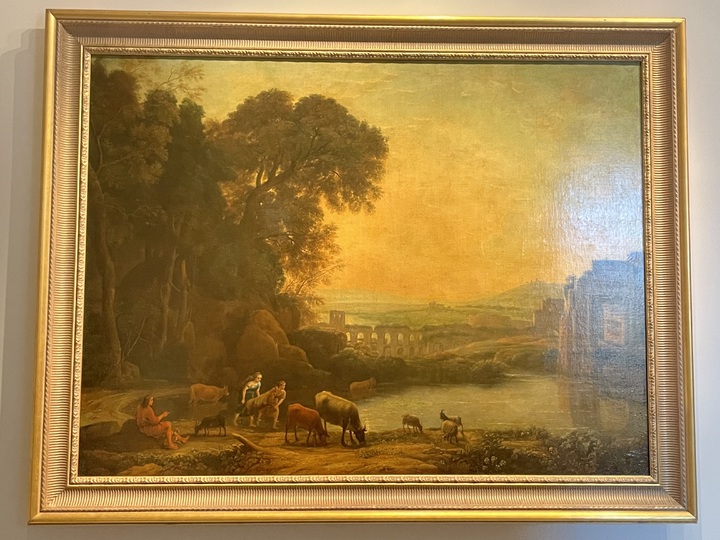
However, for the first time an optical device is mentioned in the text of the 16th century alchemist Christopher Wagner: he writes about the magical properties of the “black mirror”, supposedly it is able to show the past and future, as well as events that occur on the other side of the world. Artists, however, used it to simplify the color and tonal range – in the 18th century such a “trick” was very popular.
“The classical painting system was based on the three-color rule: the foreground should be brown, the second should be green, and the distance should be blue,” says one of the curators of the exhibition, Alexandra Danilova. – For this, color filters were used – Claude’s glasses. We have purposely presented a replica of the Black Mirror, identical to the one in the London Museum, so that viewers can hold it in their hands and see how it changes perception.
The window in this room is also multi-colored – in the colors of Claude’s glasses. So the viewer can look at the landscape of Claude Lorrain from the collection of the Pushkin Museum and immediately look at the landscape from the window – as if through the eyes of an artist, armed with special glasses.
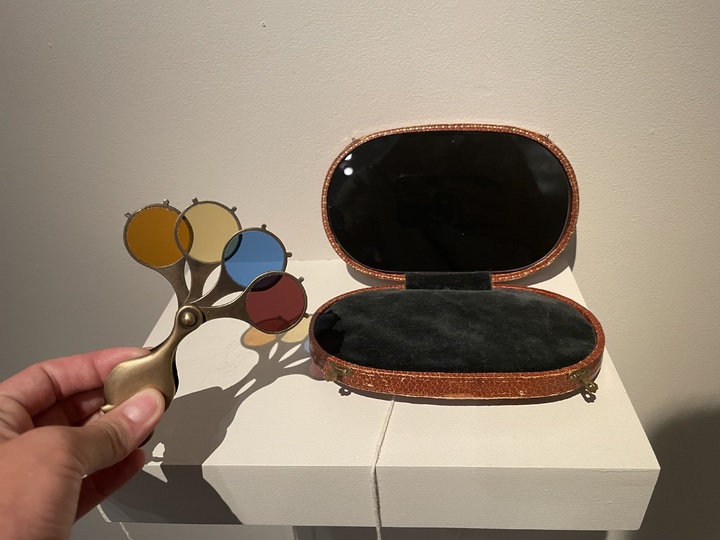
The next room is darkened, and the stained glass windows shown here are built into the black walls. In fact, the whole exhibition is built on such a black and white contrast: from a bright room we get into a dark one, so the viewer needs to reconfigure the internal optics all the time.
Stained glass windows are another popular visual technique of the past, which allowed us to see the world in a different way. One of the stained-glass windows, created on the basis of a drawing by Jacob Plepp, can be touched (this is a copy): the exhibition is also designed for blind visitors.
Here, as in the following sections, there are often plots devoted to blindness and attitudes towards it. Until the 18th century, it was rather considered a vice, a punishment for some kind of sin. The first person in Europe to talk about the fact that blindness is, in a sense, a gift and sharpens the perception of other senses, was Denis Diderot.
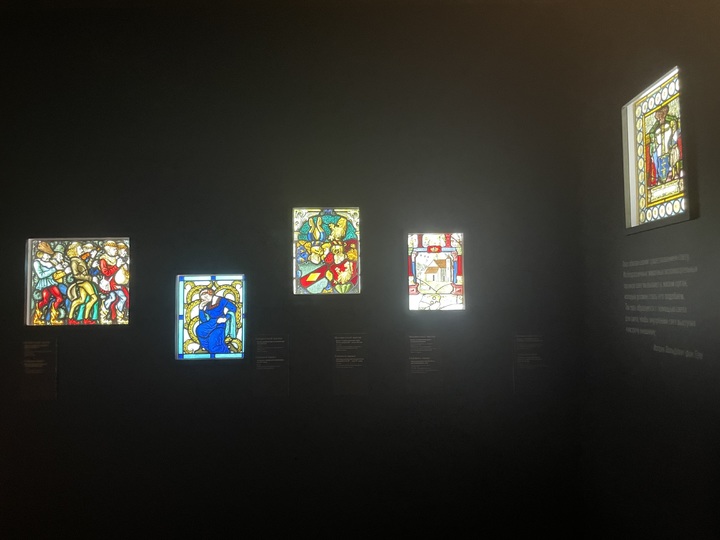
Then the attitude changed – the image of the blind Homer, plots with blind musicians and poets became popular. However, in other cultures, especially in the East, this topic was raised much earlier. This is confirmed, for example, by the figurine of the Chinese goddess White Tara: she is blind, but she sees the world with her whole body (the eyes are located on her arms, legs, stomach). “To achieve “expanded vision”, you need to learn to see with the back of your head, like Indian yogis, who can breathe with their skin and look with their heels,” the curator comments.
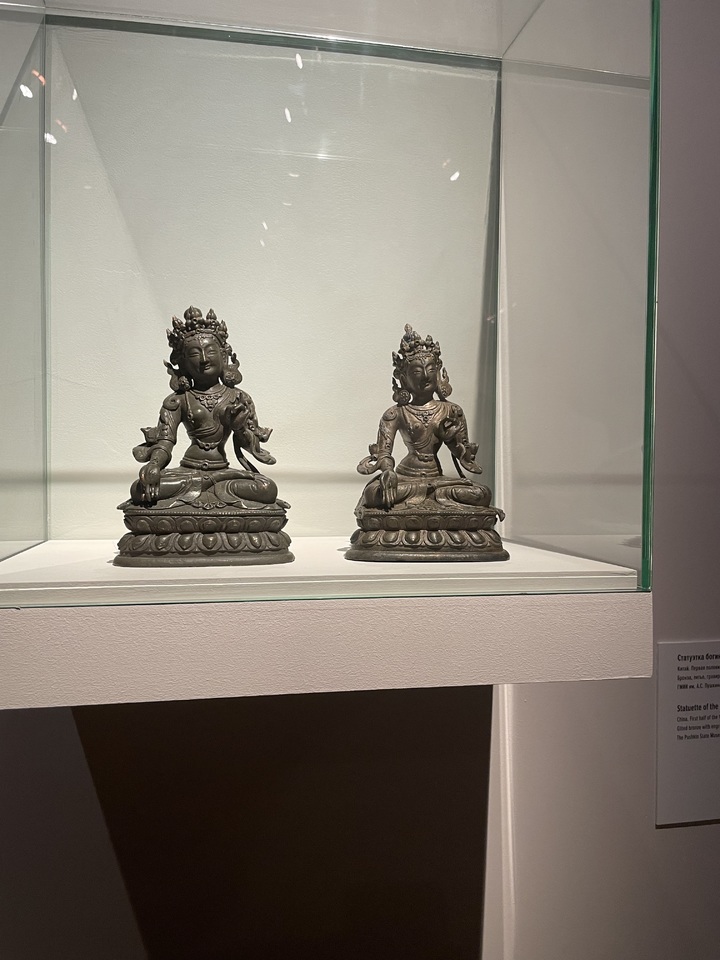
At the end of the 19th and in the 20th centuries, the issue of “inner vision” was of increasing concern to artists, and many experimented with automatic writing and drew with their eyes closed.
The next few sections show the path that has been traveled in art over almost two centuries and present the results of such experiments. Here are the experiments of Pablo Picasso, who was terribly afraid of going blind, he was one of the first who tried to draw with his eyes closed. And the work of Jan Ginzburg, who drew on books and notebooks found in the garbage in one line. And the convex works of Günter Uecker, created with the help of nails (the artist rolled a printing press over them and an unusual embossing was obtained), we seem to feel his works with our eyes. And the experiments of Matyushin, who suggested that artists learn to look with heels and skin, like Indian yogis.
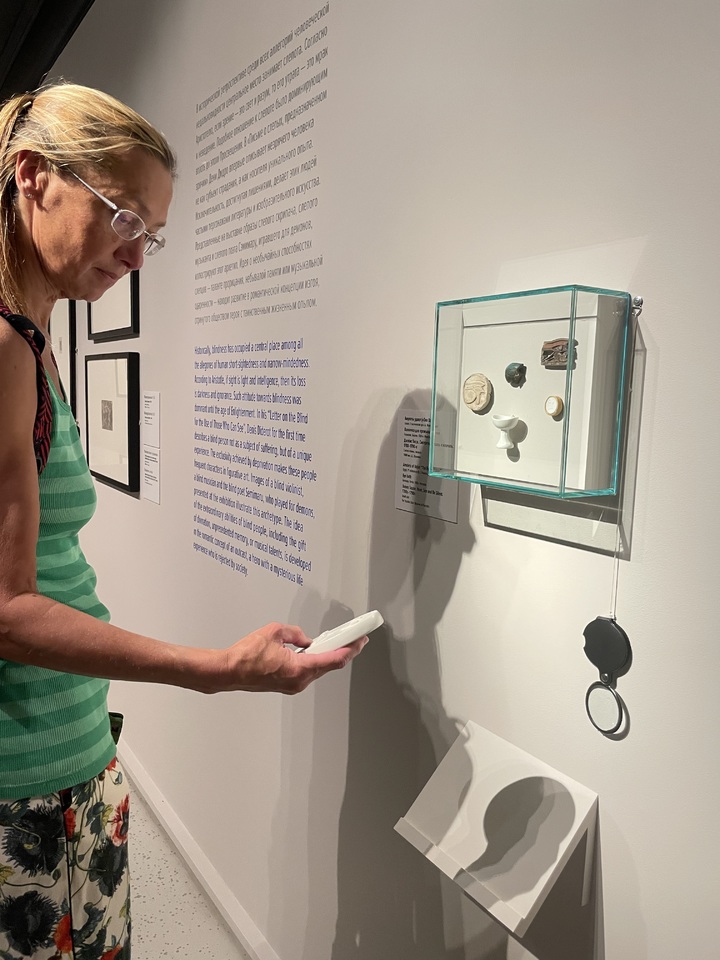
But the most spectacular hall is given to the works of the Japanese artist Nishimura Yohei. He created his “touching” series in January in Moscow – especially for this project. Before us are ceramic sculptures resembling mountains. You need to put your ear to one of them – and then the work can be heard. The other is warm – you can feel its warmth with your hands. The third is in small holes, from which the smell of perfume is heard. Alexandra Danilova said that the first guests of the exhibition were the blind (a video of their interaction with the sculptures of a Japanese man is shown on the wall in the same room), and one of the girls described the smell of the scented sculpture as “rough”.
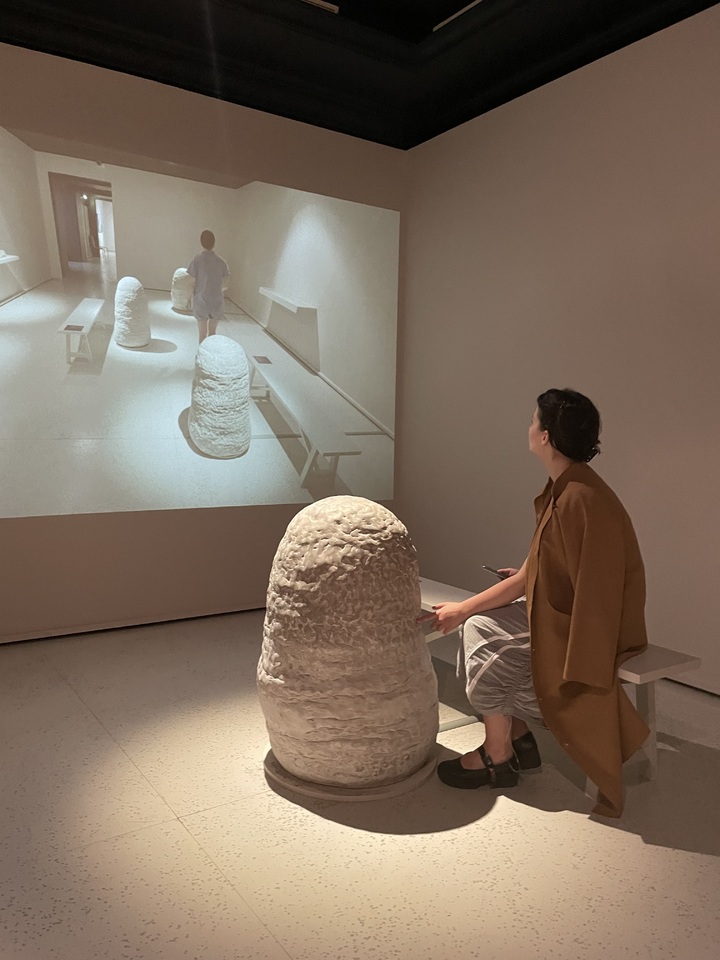
This exhibition questions the primacy of vision as the main tool for perceiving reality and refers to artistic experiences that offer to include other senses – inner vision, turned inward. Sometimes – especially in our turbulent days – this is the best way to get to grips with reality.
Newspaper headline:
The Pushkin Museum will teach you to see with your heels and skin
[ad_2]
Source link






